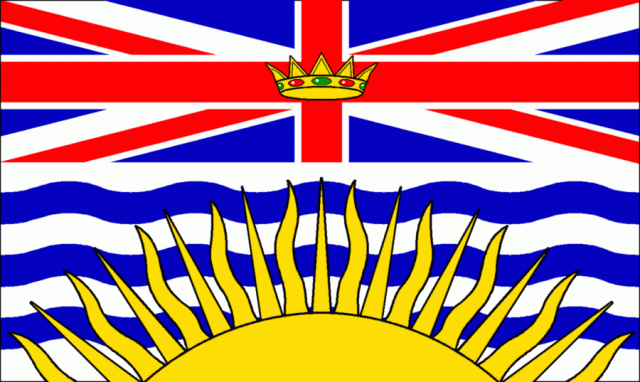COMMENT: Government subterfuge on local campaign spending limits
When you compare prices at the supermarket you usually look at comparable products, for instance you don’t compare the price of a head of lettuce with a can of baked beans.
It should be the same way with government consultations. Case in point: when you’re trying to figure out how many people live in an electoral district for an analysis of campaign spending you might want to consider registered voters or eligible voters. Maybe – if you’re at a complete loss – total residents.
But you don’t mix and match to suit your needs, which is precisely what the B.C. government has done in its Discussion Paper on Expense Limits in Local Elections.
It might be comical if it wasn’t such an important issue and one that the government has had four years to ponder. Yet, on page after page, electoral data analysis is turned on its head.
One example: campaign spending limits are generally set in Canada by taking the number of registered voters in a riding into account. Not a single jurisdiction in Canada legislates expense limits by resident. Yet, the government’s discussion paper illustrates B.C. cases strictly on this basis, other provinces on a per voter basis, and then throws the two together in other tables for who knows what purpose.
It’s why some of the conclusions the discussion paper reaches have little validity.
The paper examined the spending of candidates who – in their words – ran “competitive campaigns” in B.C.’s 2008 and 2011 local elections. A sample from the top two-thirds of candidates “closest to winning a seat” was taken.
After reviewing the disclosure reports of almost 500 candidates, they concluded that “Overall, spending is fairly low.” Compared to what they don’t say.
But surely it’s not the $16,000 limit for a candidate running to be mayor of Brandon, Manitoba or the $27,464 limit for a candidate running for the position of councillor in Toronto’s Ward 7.
According to their analysis, only eight per cent of the candidates spent more than $50,000. And this is low? It’s barking at the doorstep of the 2011 limit for the entire federal riding of Malpeque, P.E.I.
What might the discussion paper have considered that would allow readers to form some valid opinions?
It would have been useful to know how many of the campaigns exceeded the limits already established in Quebec, Ontario, Manitoba and Saskatchewan and, if so, by how much?
What percentage of the 31 per cent of candidates that spent less than $2,000 (according to the paper) were elected and of the eight per cent who spent more than $50,000? And what percentage of the campaigns were incumbents seeking re-election?
How many of the campaigns would have come in under a reasonable “base” limit before taking into account an additional top-up for the number of voters, as is done now in Quebec and Ontario?
And it really would have been more statistically valid to compare the campaigns of candidates who exceeded a set percentage of the popular vote rather than choosing an arbitrary two-thirds of candidates deemed to be “the contenders.” Percentage of popular vote is still the yardstick that most election authorities use to separate the wheat from the chaff .
However, the paper does illustrate the impact of Ontario’s expense limits on Mississauga which is relevant to B.C. since the Ontario city is 1,000 registered voters shy of Vancouver. At a cool $5.3 million in 2011, campaign spending by Vancouver’s civic parties left their counterparts in Mississauga in the dust. The spending limit for the post of mayor in Mississauga was $319,664 in 2010.
From the perspective of a donor, Mississauga is a bargain. At less than $320,000 for the mayor’s race, Rob Macdonald’s 2011 donation of $960,000 to Vancouver’s NPA would have covered the costs of three mayoralty horses in Mississauga. Win, place and show.
Just one problem: in Mississauga a donor is limited to giving no more than $750 to any one candidate. So the three candidates would need 1,280 donors maxing out at $750 each just to match Macdonald’s largesse.
Finding excuses to keep campaign costs artificially high – as the discussion paper seems to try and do – was not the intent of the Local Government Elections Task Force’s 2010 recommendation to introduce campaign expense limits. Accessibility was.
And limits have to be low enough so that they have some teeth. Otherwise they’ll just mirror the provincial rules and that’s limits in name only.
Dermod Travis is the executive director of IntegrityBC. www.integritybc.ca
The Expense Limits Discussion Paper details the proposed amendments and is available for public comment until Jan. 31, 2014. For more information and to download the government’s Discussion Paper:
www.cscd.gov.bc.ca/LocalGovtElectionReform/expenselimits.htm
























